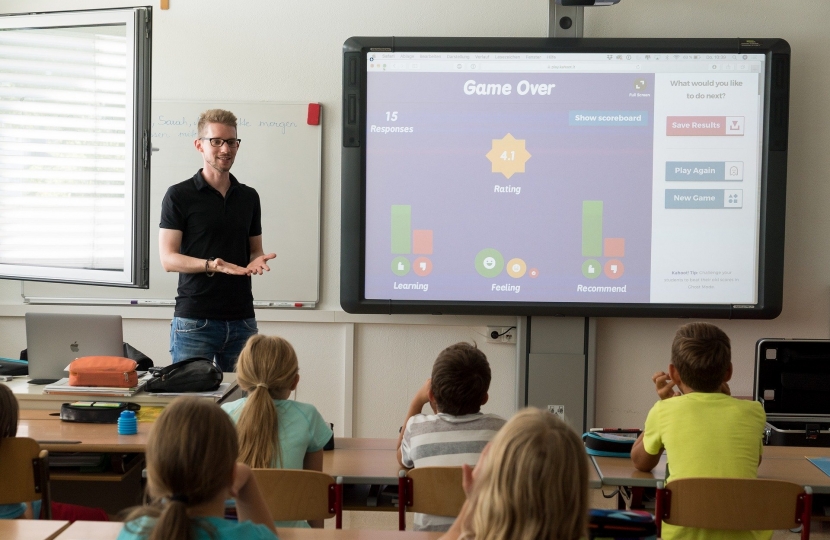
The joint-statement confirms that very few, if any, children or teenagers will come to long-term harm from COVID-19 due solely to attending school. This has to be set against a certainty of long-term harm to many children and young people from not attending school.
Over the weekend the the Chief Medical Officers and Deputy Chief Medical Officers of England, Scotland, Northern Ireland and Wales published a joint statement on the current evidence of risks and benefits to health from schools and childcare settings reopening.
In summary, the statement says:
- School attendance is very important for children. Multiple sources of evidence show that a lack of schooling increases inequalities, reduces the life chances of children and can exacerbate physical and mental health issues. In turn, school improves health, learning, socialisation and opportunities throughout the life course including employment.
- Extensive evidence shows an exceptionally small risk of children of primary or secondary school age dying from COVID-19. The infection fatality rate (proportion of those who are infected who die) for those aged 5 to 14 is estimated at 14 per million, lower than for most seasonal flu infections.
- There is clear evidence of a very low rate of severe disease in children of primary and secondary school ages compared to adults, even if they catch COVID-19. The percentage of symptomatic cases requiring hospitalisation is estimated to be 0.1% for children aged 0 to 9 and 0.3% among those aged 10 to 19, compared to a hospitalisation rate of over 4% in the UK for the general population.
- There is clear evidence from many studies that the great majority of children and teenagers who catch COVID-19 have mild symptoms or no symptoms at all.
- There is reasonable evidence that primary school age children have a significantly lower rate of infection than adults (they are less likely to catch it).
- Children and young people who were previously shielding were identified on a precautionary basis at a stage when we had less data on the effects of COVID-19 in children than we do now. Based on our better understanding of COVID-19 the great majority have now been advised they do not need to do so again, and that they should return to school. A small number of children under paediatric care (such as recent transplant or very immunosuppressed children) have been or will be given individual advice about any ongoing need to avoid infection.
The statement can be read in full here: https://www.gov.uk/government/news/statement-from-the-uk-chief-medical-officers-on-schools-and-childcare-reopening
Study finds very low numbers of COVID-19 outbreaks in schools
In addition, a new study by Public Health England (PHE) shows that Coronavirus (COVID-19) outbreaks and infections in schools are rare. The study was run after schools reopened in June until they closed for the summer, and reported COVID-19 cases, clusters and outbreaks were reviewed daily across all educational settings in England until the end of July.
The study showed that only 0.01% of pre-schools and primary schools had an outbreak, all of which were successfully contained. In total, 70 children and 128 staff were affected while, over the same period, there were 25,470 cases recorded in England as a whole. Just 67 individual cases were detected and there were only 30 outbreaks among students and staff.
In particular, PHE found that there were more likely to be outbreaks in those areas that also had a high COVID-19 incidence, suggesting transmission in the community was driving the spread in schools. This demonstrates the continued need to control the spread of infection in the community to help keep schools open, with all playing their part by washing their hands, wearing face coverings, keeping distance and getting a test if they have symptoms.
Staff members were more likely to be affected by the virus than students, though not more likely than the general population as a whole. Where children did contract the infection, they were most likely to catch COVID-19 at home, usually from a parent. Half the outbreaks did not involve any students at all and transmission between students was very rare.
The research, SARS-CoV-2 infection and transmission in educational settings: cross-sectional analysis of clusters and outbreaks in England, has been submitted to the Lancet.
Read more here: https://www.gov.uk/government/news/study-finds-very-low-numbers-of-covid-19-outbreaks-in-schools

